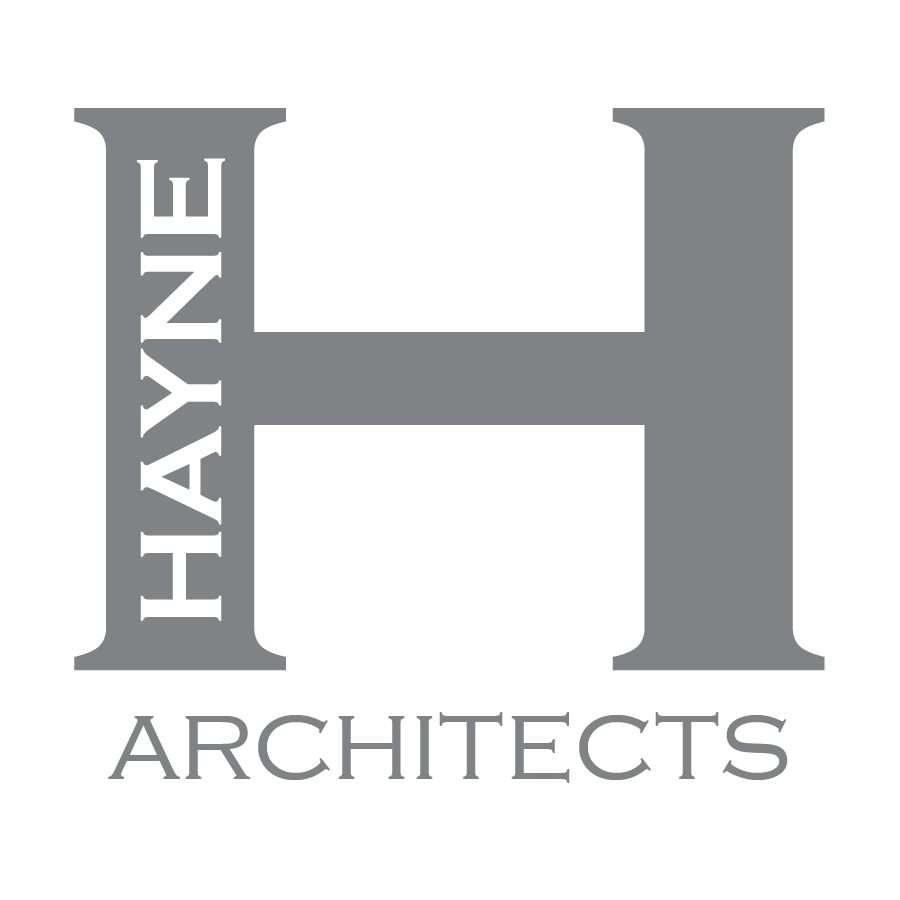
21 Feb Post Wildfire Rebuilding Challenges & Policy Hurdles
Malibu City Planning Commission Meeting Recap
The recent Palisades Fire has reignited concerns about the ongoing challenges of rebuilding in Malibu. Years after the Woolsey Fire, many homeowners are still caught in the permitting process, facing unnecessary delays and confusion. At the latest Malibu City Planning Commission meeting, several draft amendments were introduced to address these issues. However, they still need to be ratified by the City Council before implementation.
Temporary Housing & ADU Regulations
One of the key topics discussed was temporary housing and ADU regulations. Currently, temporary homes would require geotechnical reviews and are limited to 1,000 square feet, with the intention that they can later be converted into Accessory Dwelling Units (ADUs). Even if a structure is mobile, it was recommended that it must be “attached” to the ground to qualify for approval.
Additionally, current ADU regulations require a second exit which would eliminate the benefit for some residents in the Big Rock neighborhood where there is only one point of entry and exit. This can potentially create significant obstacles for fire-affected communities trying to rebuild. While life safety is a priority, there is growing interest in exploring alternative solutions for these areas where permanent ADUs would not be allowed per code to potentially design these temporary structures as integral to the main build.

Rebuilding & Code Confusion
The definition of “footprint” continued to be a point of contention, as it currently includes both house and deck areas to define the developed area. Under the proposed amendments, rebuilds would be limited to an existing footprint plus 10% in height and size, but still constrained by Total Development Square Footage (TDSF) limits. Additionally, FEMA sea level regulations may require some former beach-front homes to raise their base level while still being restricted to standard height limits, creating difficulties for homeowners trying to rebuild as close to their original structure as possible.

A More Efficient Approach to Construction?
A major topic of discussion was the idea of streamlining construction efforts for fire-affected neighborhoods. One proposal suggested conducting block-wide geological and topographical studies to help speed up approvals and reduce the overall cost for families rebuilding. If homeowners in a fire-damaged area coordinated their construction efforts—such as pouring foundations simultaneously or working with a single contractor to handle multiple rebuilds—it could help reduce costs and expedite the process.

Critical Infrastructure & Exemptions
Another area of frustration is the lack of exemptions for critical infrastructure. Many homeowners are finding that if they are required to install a new Onsite Wastewater Treatment System (OWTS) or a seawall, it is not covered under a fire rebuild exemption, even though these are essential elements of their property. Similarly, if a property must widen fire access roads or add retaining walls, these upgrades can add months of delays due to additional permitting requirements. Many questioned why these necessary improvements are not automatically streamlined as part of the rebuilding process.

Lack of Communication & Future Disaster Code
Beyond these specific challenges, the meeting highlighted ongoing communication issues within the city government. While Malibu is working on a future disaster code to create a blueprint for the future, much of the discussion still revolves around existing regulations rather than forward-thinking policies that could make future rebuilds easier and more efficient.
Questions about existing primary view determinations and FEMA flood plain regulations requiring some rebuilds to be raised remain unresolved, and many residents expressed feeling left in the dark about the decision-making process.

What’s next?
All of these proposed amendments are still in the draft stage and must be ratified by the City Council before they can take effect. If Malibu is to build back stronger and more efficiently, these policies need careful review and input from the community, Fire Science Expert and Design Professionals.
Watch the Malibu Planning Commission Meeting Here:
Discover more from Hayne Architects
Subscribe to get the latest posts sent to your email.

